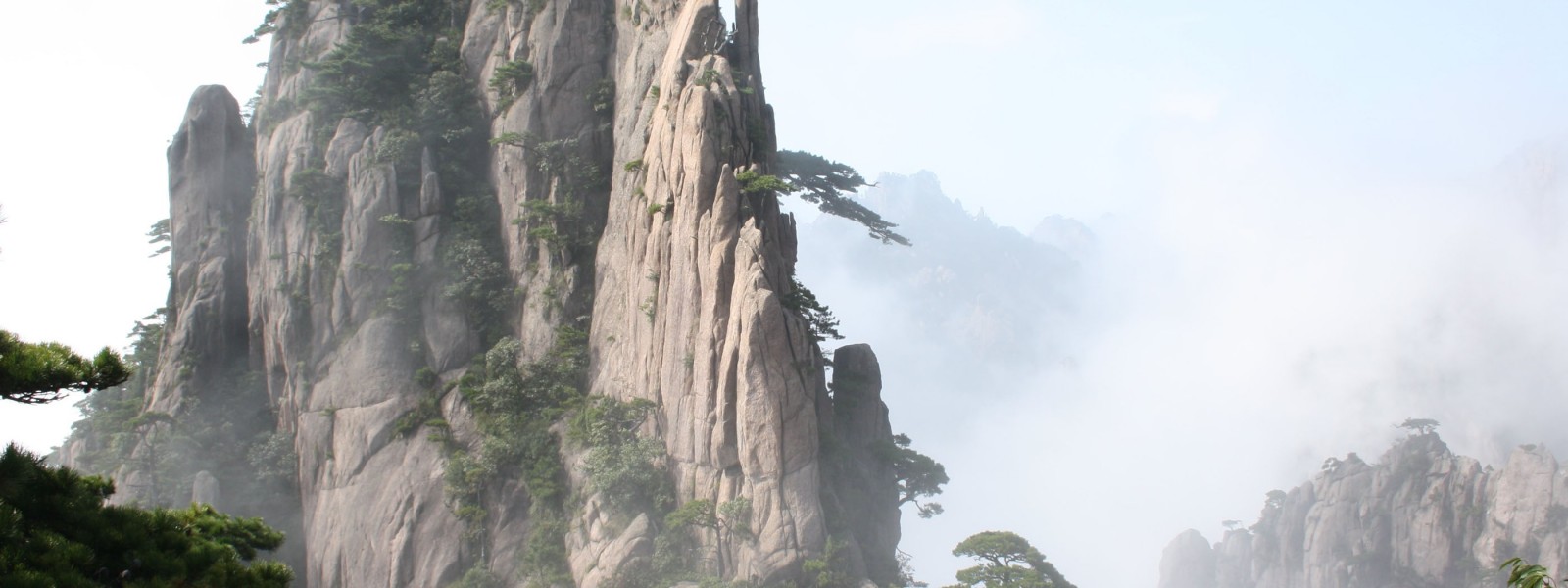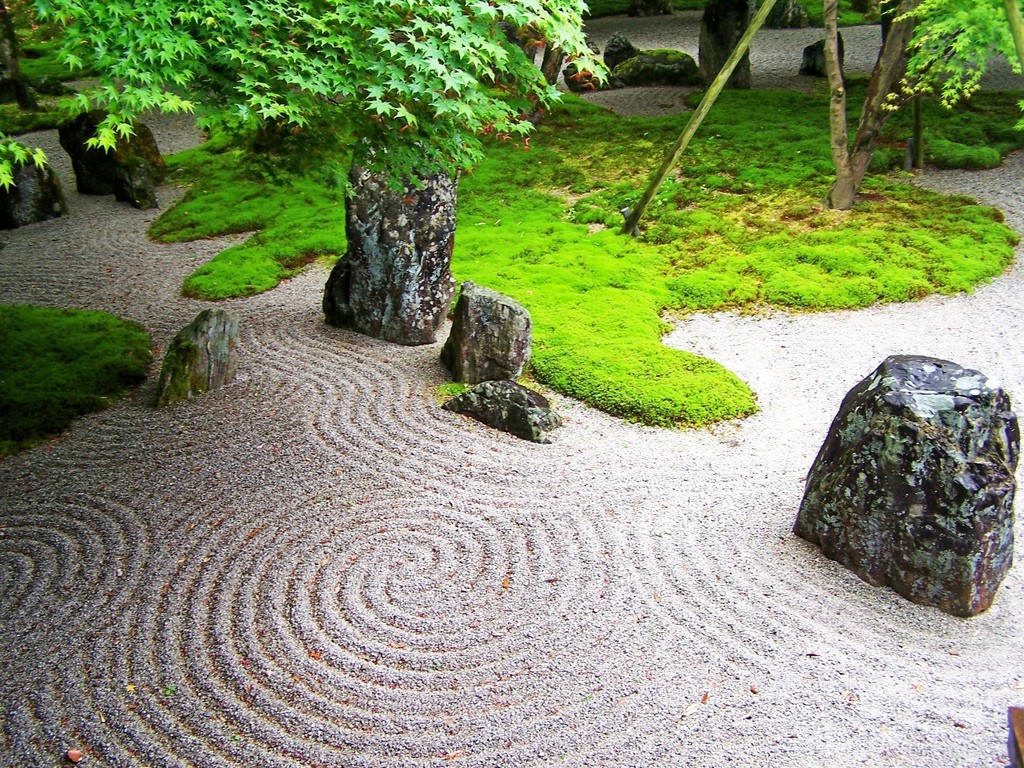Most of us experience the oscillation between the two extremes of grasping (for what we want) and avoiding (what we don’t want) on a daily basis. The whirly-gig of mind is always spinning because that is its nature. In other words, it is always moving. Thoughts and feelings are always arising from this movement of the mind. And thousands of years ago, ancient sages throughout the world discovered that the source of the mind’s movement was the flow of subtle energies within our bodies. Tibetans call this lung (or the winds). Yogis call it prana, and Taoists call it chi.
Each of these alchemical systems has, in their own way, mapped out the subtle pathways responsible for the experience of thought and emotion. They describe these movements of subtle energy quite clearly and have developed means to alter their flow. The result is an inner technology that directly affects the mind and its creations (thoughts and feelings).
A quick glance at the diverse alchemical traditions of the world will reveal a striking similarity in their attitude towards the mind and its creations. Virtually every system teaches a means to still the mind. The reason for this obsession with inner stillness is that it is only in stillness that the Mind (or consciousness) can become aware of itself. Until then, we are mesmerized by the whirly-gigs of our mental experience. We identify ourselves with our thoughts and feelings instead of realizing that they come and go like clouds. And like clouds, they are ephemeral, possessing little substance.
By transcending identification with our minds (our whirly-gigs) we begin to glimpse our true identity, as pure consciousness. And as the purity of our innate consciousness rises into awareness, we begin to awaken from the dream of this world. We begin to see that we are, and have always been, eternally free. It is simply a matter of waking up from the fixated spinning of our own minds.
So the practical question becomes: how do we wake up to our own greater identity?
One path of self-realization was created by the Taoists of ancient China. And like alchemists in other cultures, they discovered the inner pathways of consciousness and their relationship to the mind.
In order to comprehend Taoist alchemy we must come to an understanding of a subtle force called chi. From the immense mystery of the Tao, which creates all worlds, but is untouched by them, there is an eternal flow of this vital force (chi).
There are many types of chi. There is, for instance, a vital force flowing out of quasars and stars, though this is quite different in quality from the chi created by a stream. When most people think about chi, they usually think about the subtle life force in air. This type of chi is most concentrated in natural areas, away from cities. This kind of vital force is strongest in large areas of tree growth, by lakes, rivers and streams, as well as by larger bodies of water like oceans. Some have speculated that this type of chi is related to negative ions, and there is evidence that this is so. But there are other types of chi as well–more subtle, more refined types of chi and these are one of the focuses of advanced Taoist alchemy.
Traditionally, Taoist sages spent much of their time as hermits in nature. In later periods, groups of men or women would form communities to pursue their alchemical search with others. But almost always, these Taoist abodes were far from cities. They were usually located in places where the chi was especially strong, often in areas designated as Dragon Points.
Dragon Points are places of convergence where one form of chi meets another. They are most dramatically seen in mountain ranges. When two ridges meet, there is often a trench or a gorge that flows down the sides of the mountains. As celestial chi (the type of chi generated in the sky) flows downward, it meets the terrestrial chi of the mountain at the point between the ridges. This is called a Dragon Point.
Where two streams or rivers converge, there is a detectable increase of chi, and this too, is called a Dragon Point. Taoist sages would search for these places and put their abodes either in the Dragon Point itself, or nearby. This made their alchemical work easier since there was a ready abundance of chi that they could draw upon in their practices.
Thought, Time and Breath
As with other forms of internal alchemy, the Taoist practitioner must train the mind to enter prolonged states of stillness. This quiescence of mind is crucial since the Tao can only be experienced in mental silence, and many of the alchemical transformations of Taoist alchemy also require a silent mind as well.
There are many classes of stillness practices. Some of them involve movement such as Tai Chi, and others involve sitting meditation, such as the Celestial Gate, which I will discuss in a moment.
In these stillness practices, the mind is eventually led to a state of deep quietude. In actual practice, especially at the beginning, there may be a flurry of mental activity. Thoughts come and go, sometimes in a torrent, sometimes in a trickle. Eventually the practitioner notices that the speed of his or her thought seems to be slowing down. There seems to be more space between thoughts, and at some point they stop altogether, if only briefly.
The practitioner also notices that the breath changes during these states. There is a tendency for the breath to slow down as thought slows down. And when there is no thought, there is often no breath, or it is very shallow. This is significant for several reasons.
From a neurological standpoint we could say that this is because the brain waves of the practitioner are in the lower states of alpha and/or theta where the breath naturally gets slower. Research on meditation has noted, by the way, that these states also produce a decrease in muscle tension, heart rate, blood pressure and respiration, all of which are quite positive in their stress reducing effects. In fact, studies have shown that those who practice forms of meditation that produce these effects, as in the Taoist stillness practices, are generally less stressed than their counterparts who do not meditate
Several years ago, about an hour before twilight, I chose to do the stillness practice known as the Celestial Gate (also referred to as Heaven’s Gate) in a park. As twilight descended around me, I was still doing the practice and noticed that my breathing had stopped. Not only this, but thought seemed to be arrested. My mind was clear and as calm as the surface of a tranquil lake. But most impressive to me, in the moment, was that time also seemed to have stopped, and I was suspended in a timeless dimension of mind.
I decided to walk back to my car as it was getting dark, and the trip took me twenty minutes or so. I noted that the impulse to go back to the car came as a sensation as if it had come from deep within my body. It did not come as a thought. I did not think, “now I need to get back to the car.” This non-speaking state of mind seemed oddly amusing to me at the time. During my saunter I noticed that my breath was very shallow, even though the trail back to the car was over hilly terrain. That timeless feeling was still very strong, and I seemed to move over the hills with little effort.
Ironically, when I saw my car in the parking lot I remembered an appointment later that evening, and I spontaneously took a deep breath. My breath had returned to normal, and that feeling of timelessness vanished. I was firmly rooted back in time.
There is a fascinating relationship between the perception of timelessness and the cessation of breath. In Taoist meditation practice this suspension of the breath is often encountered when entering the deeper states of mental quiescence.
As a psychotherapist working in the area of psychoneuroimmunology, or how our thoughts and feelings affect immunity, I find the time paradox even more fascinating.
A study conducted with patients admitted to an emergency room due to cardiac arrest reveal some fascinating information about the interplay between body and mind. During recovery, these patients were asked some questions about their perception of time. Based on their responses, researchers could predict who would recover and who would die from another heart attack. Those patients who said that they were letting things go to take care of themselves and who reported feeling that there would be more than enough time to do what needed to be done, were more likely to recover and avoid a second heart attack. Those patients, however, who stated that they were under tremendous pressure to do what had been left undone and who felt that they were running out of time, invariably suffered a higher incidence of death due to a second cardiac arrest.
None of this would come as a surprise to a Taoist sage. From the standpoint of Taoism, our modern time-crunch world is disturbing to both health and spiritual attainment. We need to bring our time-crunched mind back to tranquility on a regular basis or suffer the ill effects of our modern age.
I have taught a simple form of the Taoist stillness practice to hundreds if not thousands of people by now. Everyone has expressed a deep appreciation for a method of meditation that is so quick and easy to enter into. Those who have never been able to meditate due to continual thought (inner dialogue) are especially appreciative of this method since thought is not a hindrance to the practice.
The Celestial Gate Meditation
The Celestial Gate Meditation practice is based on Dragon Points. Dragon Points, as I mentioned earlier, are places of convergence, where one form of chi meets another.
There are several Dragon Points within the human body. The Celestial Gate is just one of these, and happens to be a place where heavenly chi (a very subtle form of chi) flows into the body and meets the terrestrial (or earth) chi of the body itself. Thus this place is an energetically charged area, and Taoist sages discovered a long time ago how to take advantage of it.
Sit comfortably and close your eyes. You can lie down if you wish, but this makes some people go to sleep. For a moment, just notice your breath. Don’t change it in any way; just watch it. Notice the rhythm and the depth of your breath. Then after a moment, become aware of the space about an inch behind the bridge of the nose. Imagine that there is an opening about one inch square in this area. This is the Celestial Gate. All you do is focus on it.
Do not concentrate on it. Just be aware of it. If you are having thoughts or fantasies, this is not a problem. Let them continue on their merry way. Just let some part of your attention be on the opening. You can think all you want about anything you want and the practice will still work so long as some part of your attention is on the Celestial Gate (the opening).
As you continue to focus at the gate, you will notice that thoughts eventually seem to slow down. After a while, there will be more space between the thoughts or fantasies. And eventually they will stop altogether, if only temporarily. It is during these moments that you might find that your breath has stopped or has become very shallow. This is natural, and is, in fact, a sign that you are entering the deeper states of stillness. It is in these deepest states of quiescence where there is no breath and no thought that contact with the Tao takes place.
Doing it for about five minutes will usually give you a clear sense of how this practice alters awareness. Beginners usually take several minutes to settle down into the light stages of mental stillness. But over time these periods get longer and one feels more confident about how to enter these deeply relaxing states of mind.
Research has shown that stillness practices, such as this, are very effective at counteracting some of the negative effects of stress. Just twenty minutes once or twice a day can make a tremendous difference in your sense of wellbeing.
Don’t let the simplicity of this meditation fool you. It is a profound stillness practice that will eventually lead you to a direct experience of the Tao itself. Gently extend the periods of stillness, so that you become acquainted with and comfortable with these deep places of quiet.
In Taoism, the deepest secrets are revealed only by the Tao itself. You cannot find the deeper alchemical truths in books for it is forbidden to write about them. Thus, meditations like the Celestial Gate are cosmic keys. They can, if practiced faithfully over time, open the inner doors of perception.
But you must turn the key to open the lock. Just thinking about it won’t create transformation. If you wish to experience the mysteries of the Tao for yourself, don’t just read about them. Turn the key and walk through the door.
excerpt from Tom Kenyon





